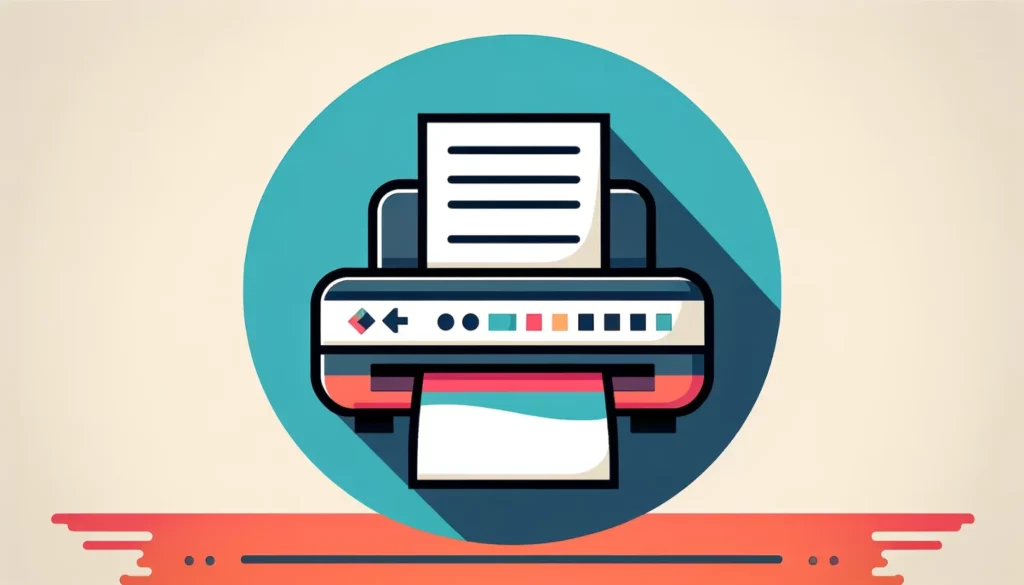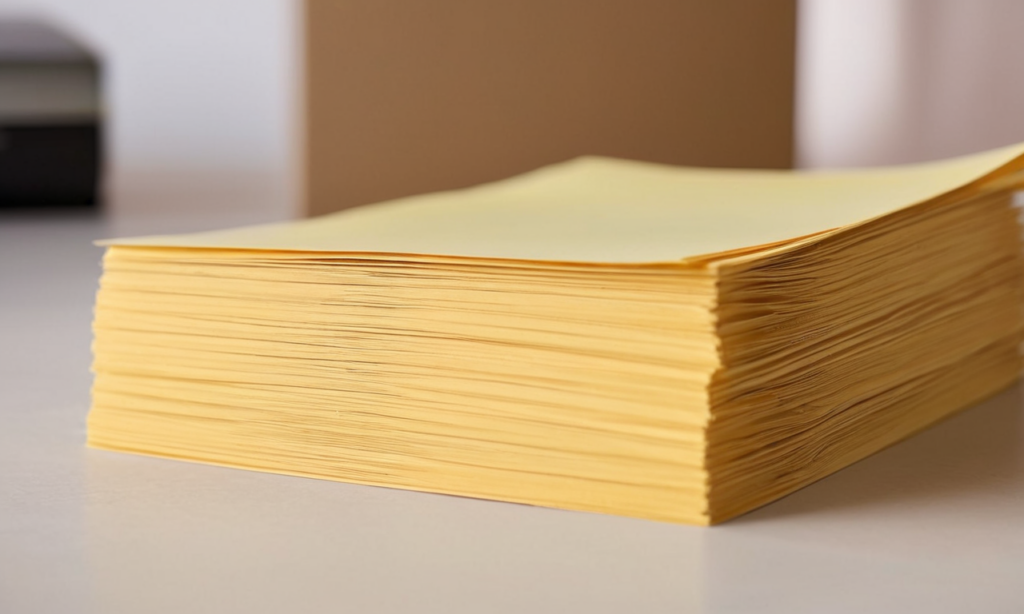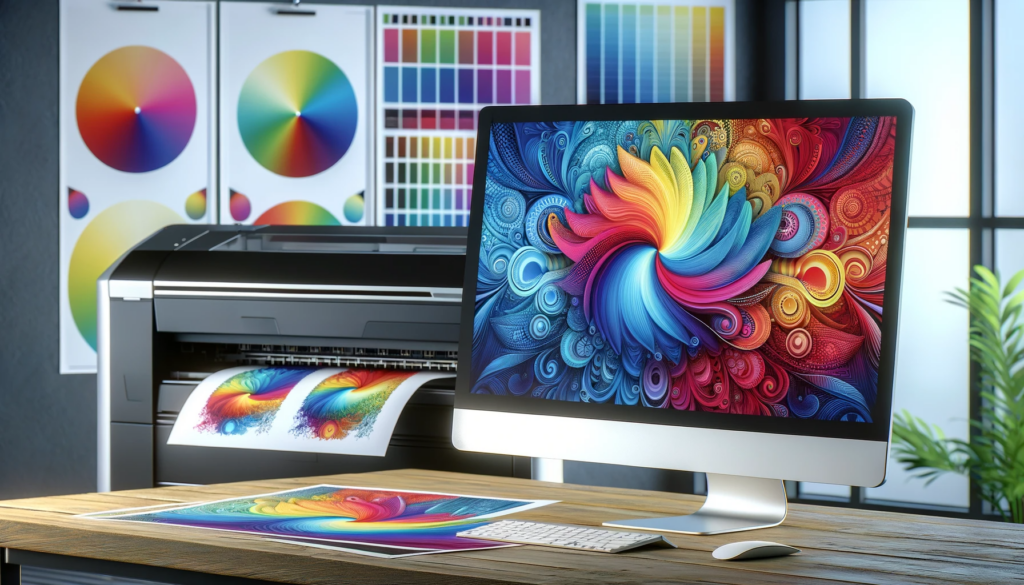New to sublimation printing? This quick guide is here to help. Whether you’re pursuing a new creative hobby or considering a business venture, these six tips will set you on the right path.
Learn about choosing the right materials, mirroring your designs, keeping things clean, nailing temperature and pressure settings, acing test prints, and handling your creations like a pro.
Stick to the tips, and you’ll be making vibrant sublimation prints in no time!
Related Reading: Understanding Paper Types and Their Impact on Print Quality
6 Sublimation Printing Tips All Beginners Should Be Aware Of
1. Choose Suitable Substrates
Sublimation works best on materials with a high polyester content or those specifically coated for sublimation. Polyester fabric, ceramic mugs, aluminum panels, and polymer-coated items are ideal choices.
Make sure your chosen substrates are compatible with sublimation ink to ensure vibrant and long-lasting prints.
2. Mirror Your Designs
Before printing, always mirror (flip horizontally) your designs. This is crucial because the transfer process involves the reverse image being printed onto the substrate.
Mirroring ensures that your final design appears as intended once transferred.
3. Maintain Cleanliness
Keep your workspace clean and free of dust and debris. Even tiny particles can negatively impact the quality of your sublimation prints.
Use lint-free cloths or compressed air to clean your substrates and heat press surfaces before printing.
4. Temperature and Pressure
Follow manufacturer guidelines for heat press temperature and pressure settings. These settings can vary based on the type of substrate and sublimation ink you’re using. Too much or too little pressure, as well as incorrect temperature, can result in uneven or faded prints.
Investing in a heat press with digital temperature and pressure controls can be helpful for precise adjustments.
5. Test Your Prints
Always perform test prints on scrap materials or sacrificial items before printing on your final substrates. This allows you to fine-tune your settings, ensure accurate colors, and confirm the proper placement of your designs.
Making adjustments based on the output of test prints can save you time and materials.
6. Cooling and Handling
After the sublimation process, it’s essential to let your printed items cool down completely before handling them. The sublimation ink needs time to solidify and bond with the substrate.
Premature handling can cause smudging or distortion of the print, so use heat-resistant gloves when handling hot items.
By focusing on these top 6 tips, you’ll be well on your way to mastering the basics of sublimation printing.
As you gain experience, you can delve deeper into advanced techniques and continue to improve your sublimation skills.
Hi, I’m Carmine, the guy behind Helpful Tiger. Tired of crappy search results? Me too. That’s why I started this website. It’s a one-stop shop for simple tutorials and guides on a little bit of everything. Have questions? Reach out, and I’ll do my best to help!



